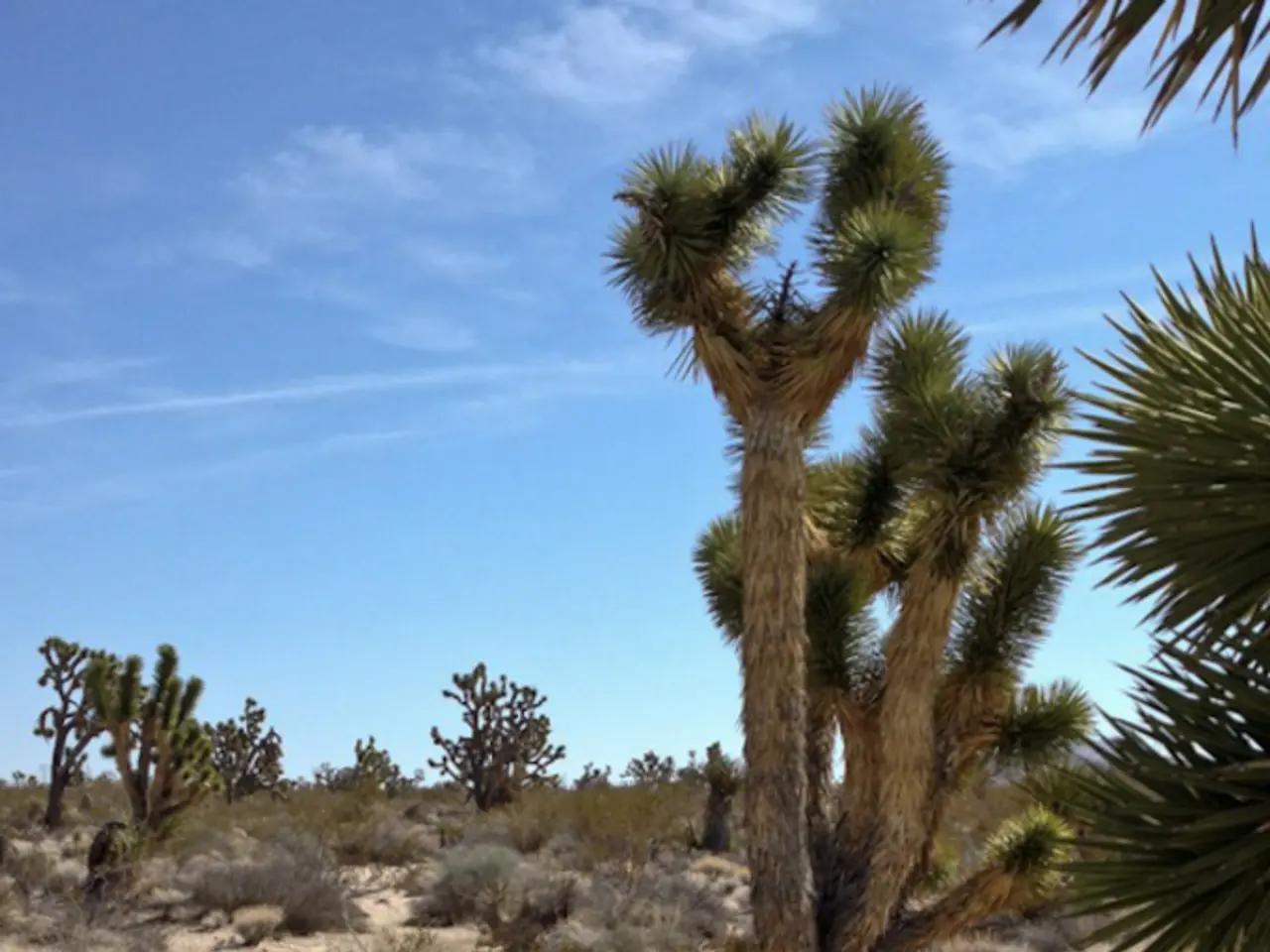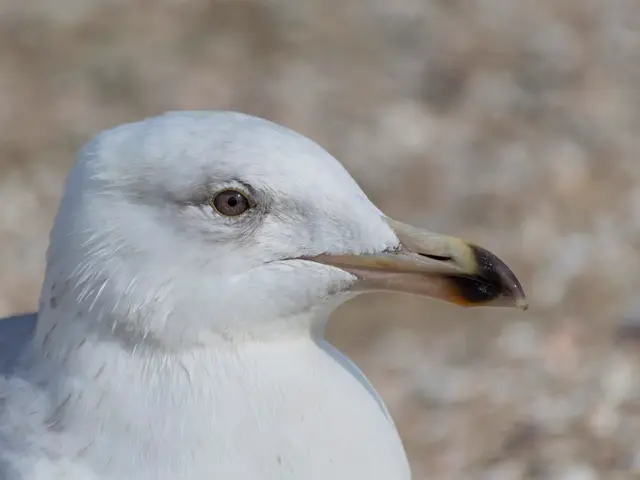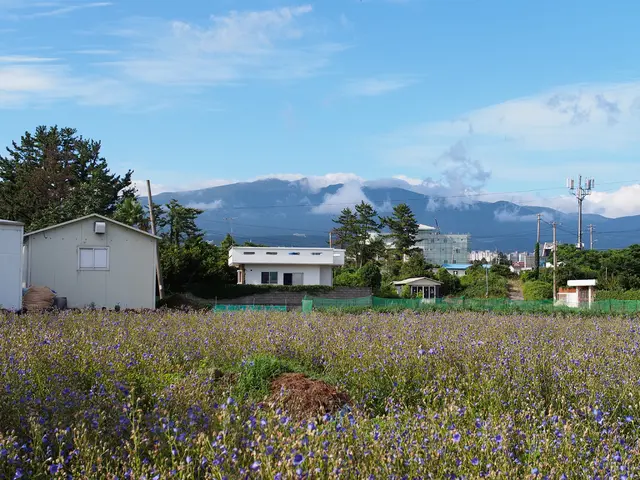Requires frequent maintenance for optimal blackcurrant bush yield, given its large stature and small berries
Black currant bushes, beloved for their delicious and nutritious berries, can be a rewarding addition to any garden. To ensure a bountiful harvest, focus on these key areas: pruning, replacement and renewal, propagation, and ideal growth conditions.
Pruning
Begin pruning black currant bushes about 4 to 5 years after planting to maintain productivity and plant health. Prune in late winter or early spring before new growth starts. Remove older stems to encourage vigorous new shoots, as black currants fruit best on new wood. Thin out the bush to allow good air circulation and sunlight penetration, reducing disease risk. Avoid heavy pruning during flowering or fruiting seasons to prevent reducing yield that year.
Replacement and Renewal
Black currant bushes tend to decline in productivity after about 8-10 years; plan to replace older bushes to maintain a productive patch. You can rejuvenate older plants by cutting them back hard in late winter to stimulate new growth. If replacing, plant new bushes in well-prepared soil with good drainage and sufficient nutrients.
Propagation
Black currants propagate well by hardwood cuttings taken in late autumn or winter. Cut healthy, straight shoots about 20-30 cm long from the current year's growth. Plant cuttings directly in prepared soil or root them in pots before transplanting. Softwood cuttings can also be taken in early summer for quicker propagation. Division of established bushes is less common but possible if carefully managed.
Ideal Growth Conditions
Black currants prefer cool climates and thrive best in USDA Hardiness Zones 2 to 7. They require a location with full sun to partial shade (4-6 hours of sun a day). Soil should be moist, fertile, and well-drained with a slightly acidic to neutral pH. Mulching helps retain soil moisture and suppress weeds. Water regularly, aiming for about half an inch of water every 7-10 days, but avoid waterlogging. Crop rotation or altering planting locations every few years helps reduce soil-borne diseases and pests.
By combining timely pruning, routine replacement of older stems, proper propagation, and maintaining favorable growing conditions, you promote vigorous growth and high fruit yield in a black currant bush. Remember, many gardeners mistakenly blame poor black currant harvests on unfavorable weather conditions or harsh winters, when the issue is often the lack of care. With the right attention, your black currant bush can provide you with a delicious crop for years to come.
Home-and-garden lifestyle: By promoting vigorous growth and high fruit yield in a black currant bush through timely pruning, routine replacement of older stems, proper propagation, and maintaining favorable growing conditions, you can enjoy a delicious crop from your home garden for many years.
Home-and-garden lifestyle: Cultivating black currant bushes in your home-and-garden changes not only your food source but also adds an aesthetically appealing fruiting shrub, enhancing your overall garden experience.






